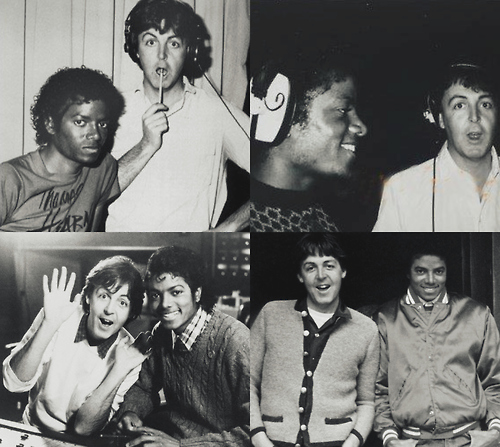
www.lexology.com
Get back to whom you once belonged: Paul McCartney seeks to reclaim ownership of music catalog through interesting provision of copyright act
LEXOLOGY
March 9 2017
To a music lover and intellectual property attorney, this story is a wonderful collision of law and musical lore. Paul McCartney’s efforts to regain ownership of the Lennon/McCartney (or is it now “McCartney/Lennon?”) music catalog from Sony combines two interesting tales–the story of how Sony came to own the catalog to begin with and the existence and story behind a seemingly odd copyright reclamation provision of the Copyright Act of 1976.

Let’s start with Sir Paul and The King of Pop. As the story goes, at some point during the 1980s, when Michael Jackson and Paul McCartney were friends and making songs together, McCartney pointed out to Jackson the value of music rights. Michael must have been listening and undoubtedly said something to himself along the lines of, “Say, Say, Say, that sounds like something I could make some money off of.” In 1985, Jackson bought ATV in a deal worth $47.5 million. ATV owned Northern Songs, the publishing company set up by Dick James and Brian Epstein in 1963 and which owned the rights to the majority of The Beatles’ songs. For those who might be curious, further interesting elements of that transaction are described in more detail here.

Ten years later ATV merged with Sony’s music-publishing business.
Now let’s look at the long and winding road to McCartney getting the rights back. The 1909 Copyright Act entitled authors to an initial 28-year copyright term, which they could then renew for an additional 28 years for a total of 56 year of protection (See Copyright Act of 1909, Section 23). Congress revised the Copyright Act in 1976. Among other provisions, the 1976 Act extended the copyright term for works created before Jan. 1, 1978 by 19 years, for a total of 75 years from the date the copyright was originally secured. The Copyright Term Extension Act of 1998 further extended the copyright term by another 20 years, for a total of 95 years from the date the copyright was originally secured.
When enacting the Copyright Act of 1976, Congress recognized that the extension of the term provided an unforeseen windfall for grantees who had negotiated transfers before the extension of the copyright term. To address the inequity, Congress inserted a provision allowing for the termination of transfers and licenses covering the extended renewal term–in effect, a claw-back provision (17 U.S. Code § 304(c)). As stated in the 1976 Act House Report: “[T]he extended term represents a completely new property right, and there are strong reasons for giving the author, who is the fundamental beneficiary of copyright under the Constitution, an opportunity to share in it.” H.R. Rep. No. 94–1476, at 140 (1976). In the case of titles written before 1978, writers can recapture songs after two consecutive 28-year terms, or 56 years. Writers of songs issued in or after 1978 can recapture their publishing rights after 35 years. The Lennon-McCartney catalog begins hitting the 56-year mark in 2018.

In order to reclaim publishing ownership of a song, a songwriter must file with the U.S. Copyright Office, terminating the publishing anywhere from 2 to 10 years before the 56 years elapse, in order to obtain ownership of that song’s publishing in a timely manner. Billboard magazine has confirmed that on Dec. 15, 2015, McCartney filed a termination notice of 32 songs with the U.S. Copyright Office. According to the filing with U.S. Copyright Office, McCartney sent Sony a notice of termination of grant under 17 USC section 304(C) in December of 2015. Paul then filed a lawsuit against Sony in January of 2017 seeking a declaratory judgment on a number of legal points aimed, it seems, at ensuring that the transfer will not be prolonged. The filing can be accessed here.


No hay comentarios:
Publicar un comentario